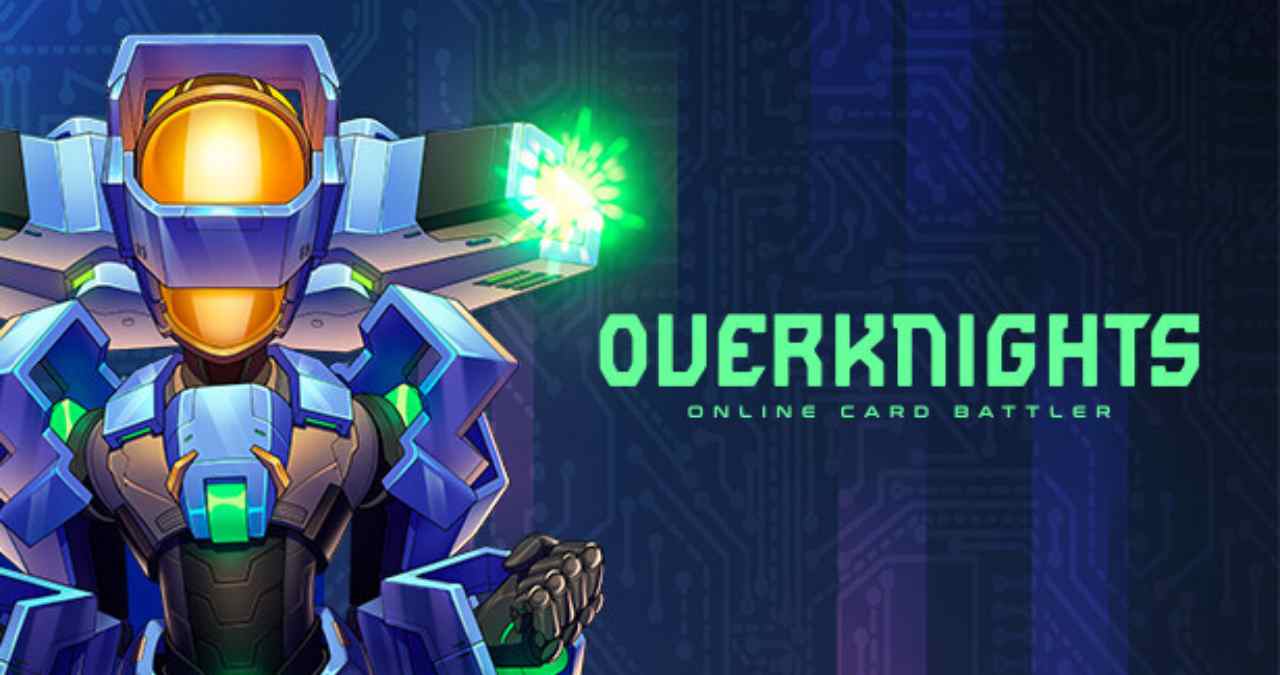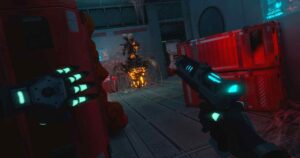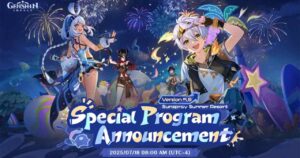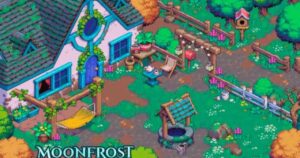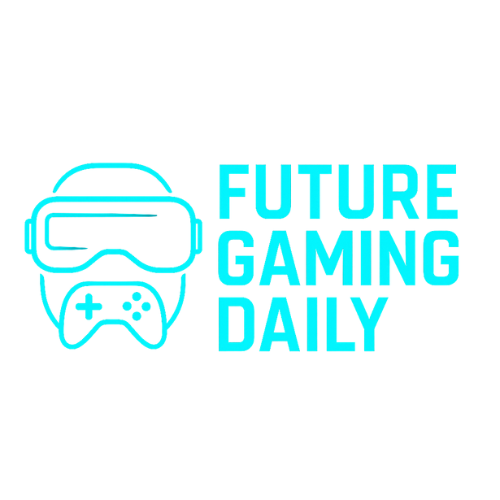Overknights ties early NFT holders into gameplay systems
Overknights, a squad-based shooter with Web3 elements, is starting to bring real gameplay relevance to its Genesis Pilot NFTs. The collection, originally launched as a limited drop, now comes with a defined set of perks that connect holders more directly to the in-game experience.
Rather than just being cosmetic or symbolic, these NFTs are becoming functional assets tied to crafting, economy participation, and early access. It’s a move that could help distinguish the game from Web3 projects that rely too heavily on hype without delivering mechanical relevance.
Crafting boosts and economic access
One of the more concrete uses of the Genesis Pilot NFTs is tied to crafting. Holders will be able to generate “Knight Shards” passively, a resource used to create or upgrade other in-game assets. The system doesn’t guarantee a competitive edge, but it does create a parallel layer of participation in the in-game economy.
This mechanic echoes some of the early blockchain game strategies, where NFT holders function as long-term ecosystem participants. In Overknights, though, it’s being framed more as a progression bonus rather than a pay-to-win mechanic.
Gameplay progression and early entry
In addition to resource generation, Pilot holders will gain access to closed game tests and early builds ahead of public release. This aligns with how many early-access titles in Web3 handle community involvement, where NFT ownership doubles as a sort of founders’ pass.
Beyond early entry, holders also get a custom Pilot skin in-game, a small nod toward visual identity. But unlike many other NFT-based games, the cosmetic layer here is secondary to utility. The focus seems to be on making the NFTs function within game systems rather than just stand as collectibles.
Designed for the long haul, not fast flipping
The team behind Overknights appears to be aiming for a slower, more sustainable rollout of NFT functionality. Rather than launching a full-scale economy on day one, they’re gradually introducing systems that are tightly connected to gameplay. That pacing may help avoid some of the volatility that’s plagued other Web3 games.
There’s no token launch yet, and the emphasis remains on establishing player systems first. Whether that holds long term is unclear, but it positions Overknights in contrast to the many blockchain titles that lead with speculation over playability.
A familiar structure with incremental Web3 layering
Mechanically, Overknights is shaping up to be a 4v4 team-based shooter with class roles, gear systems, and short match formats. The Web3 layer is mostly in the background for now, used to support progression and identity rather than drive core mechanics.
That design mirrors a growing number of games that use blockchain as a backend layer, not the selling point. For players, that may mean a smoother onboarding experience. For NFT holders, the value comes more from time and engagement than from flipping assets.
What comes next
The current Genesis Pilot NFT perks are just the first step. Additional utility is expected to be introduced as the game rolls out more test phases and adds economic components. For now, the focus is clear: prove the gameplay works, then let NFTs enhance it not the other way around.
Web3 Analyst & Play Blockchain Games Guide
CryptoKit breaks down Web3 gaming like it’s second nature. From tokenomics to airdrop strategies, she turns blockchain chaos into clear, actionable advice for players who want to win more than XP.
